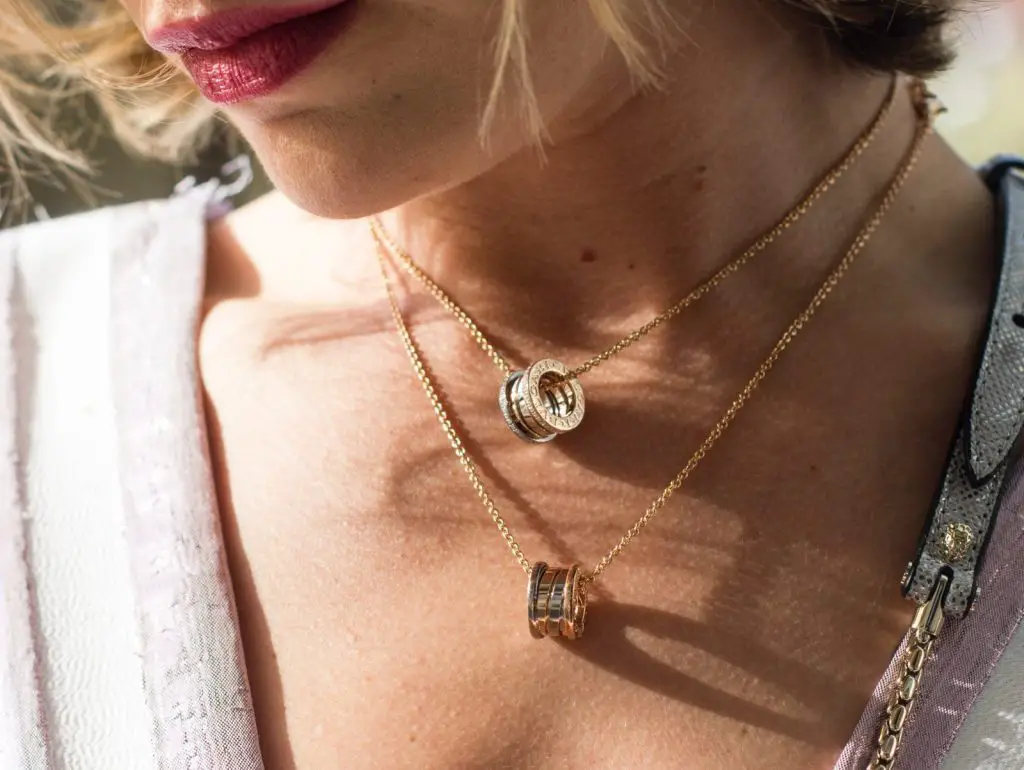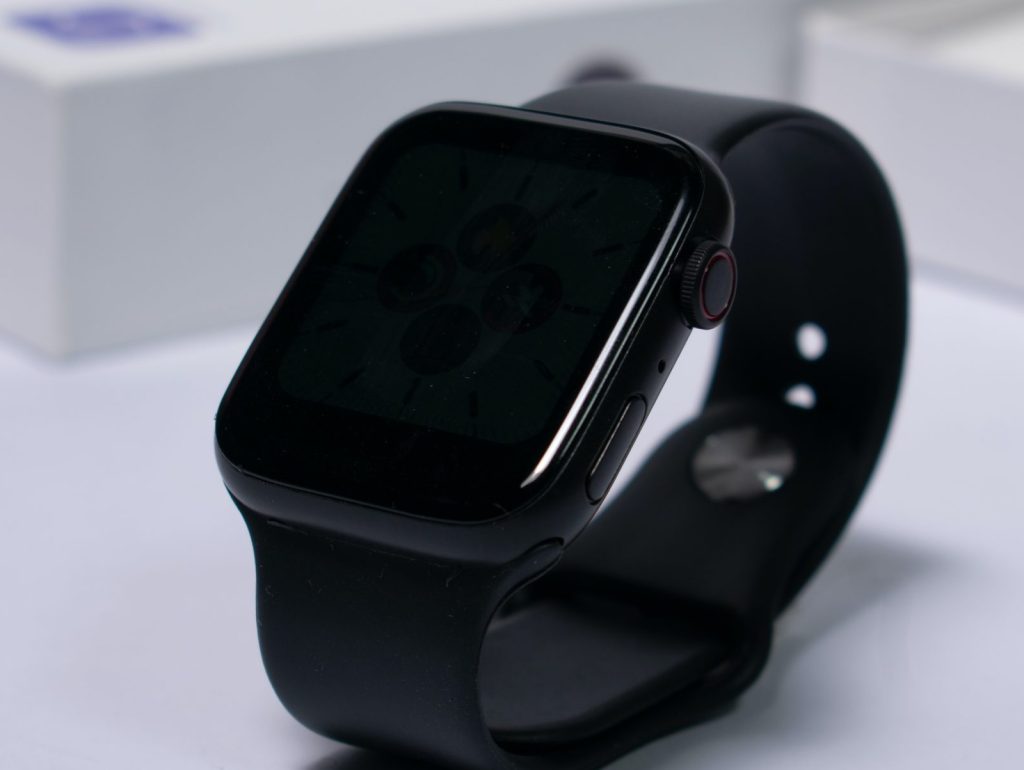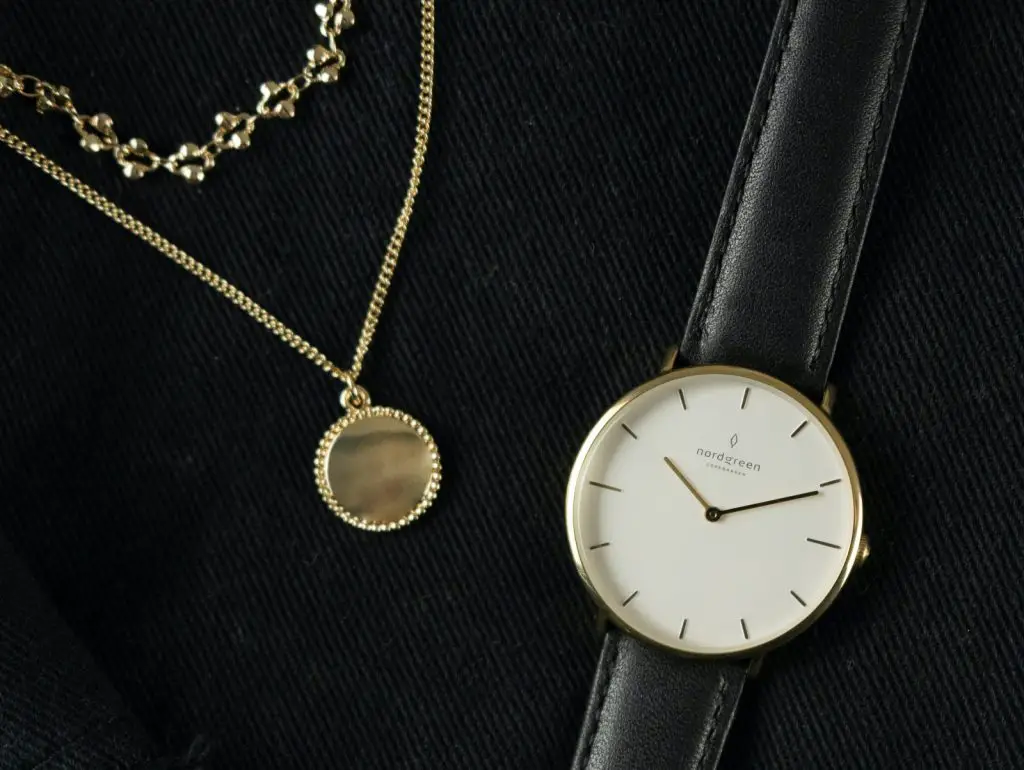Watches hold an incredible amount of sentimental value, are looked after with great care, and are made of very precious materials. This means many people refer to watches as jewelry pieces, rather than accessories. But is this the correct terminology to use?
The watch nerds at CALIBRE thought it would be a great idea to put together a comprehensive guide on whether a watch is considered jewelry, to definitively answer this question for those wondering.
Are Watches Jewelry?

Although watches at their core share a common purpose (to enhance personal style and evoke a sense of refinement), they are not technically jewelry, as their primary use is function, rather than decoration.
Both adornments do provide a means of self-expression and hold the power to elevate an outfit or make a statement, however, while jewelry primarily emphasises aesthetic appeal and self-adornment, watches offer a practical purpose which does distinguish them from pieces of jewelery, and that purpose is timekeeping.
Why do Some People Compare Watches With Jewelry?

The craftsmanship found in luxury watches is often compared to that of fine jewelry. Meticulously crafted with precision, attention to detail, and a profound understanding of horological artistry, luxury watches exhibit the same level of skill and artisanship as fine jewelry. From the intricate movements, and intricately decorated dials, to the meticulous assembly of each component, watches embody the fusion of engineering excellence and artistic expression.
Moreover, watches possess inherent value and can be seen as both investment pieces and heirlooms, much like precious jewelry. Some watches are adorned with exquisite gemstones, such as diamonds or colored gemstones, further blurring the line between jewelry and timepiece. The use of precious materials, such as gold, platinum, or rare alloys, in high-end watchmaking further solidifies the association with jewelry.
Another aspect that aligns watches with jewelry is their ability to evoke emotions and create a sense of personal attachment. Just like a cherished piece of jewelry, a well-crafted watch often carries sentimental value, reminding the wearer of special moments or significant achievements. This emotional connection transcends mere functionality, elevating the watch to the realm of personal adornment.
What’s the Difference Between Jewelry and an Accessory?
Jewelry and accessories are both categories of adornments that enhance personal style and contribute to an individual’s overall appearance.
While they share some similarities, there are distinct differences between the two:
Jewelry
Jewelry is a term that typically refers to decorative items worn on the body, often made with precious metals such as gold, silver, or platinum, and adorned with gemstones, diamonds, or other precious or semi-precious stones. Jewelry is traditionally associated with luxury, elegance, and craftsmanship. It includes items like necklaces, bracelets, earrings, rings, brooches, and pendants, and its primary purpose is aesthetic enhancement.
Accessories
Accessories, on the other hand, encompass a broader category of items that complement and complete an outfit. They include a wide range of items such as belts, handbags, scarves, hats, sunglasses, gloves, watches, and even footwear. Accessories serve both functional and decorative purposes.
Are Watches Considered Jewelry for Insurance?
In some cases, watches may be categorised as jewelry and covered under a jewelry insurance policy, while in other cases they may fall under a separate category, such as valuable personal property or a specific watch insurance policy.
Many standard homeowners’ or renters insurance policies provide coverage for jewelry, but they often have limits on the amount covered for individual items. These policies typically have sub-limits for jewelry, which means that if a watch exceeds the sub-limit, additional coverage may be necessary. In such cases, a separate jewelry insurance policy or a valuable personal property policy might be required to adequately insure high-value watches.
It is important to review your insurance policy or consult with your insurance provider to understand how watches are classified and insured under your specific policy. They can provide detailed information about coverage limits, deductible amounts, and any additional coverage options available for watches.
Do Different Types of Watches Fall Under Different Categories?
As there are a few different builds of watches, it’s important to know if these types of classed as jewelry or accessories also:
Smartwatches

The classification of a smartwatch as jewelry or an accessory can be subjective and may depend on individual opinions and preferences, however as the burning purpose of a smartwatch is to track various lifestyle activities, it’s fair to class a smartwatch as an accessory.
(Some may view high-end, aesthetically appealing smartwatches as a fusion of both jewelry and accessory, blurring the boundaries between the two categories.)
Pocket watches

Pocket watches can be considered both jewelry and accessories. Their classification depends on factors such as their aesthetic appeal, historical significance, functional aspects, and personal expression. Pocket watches that showcase intricate craftsmanship, precious materials, and decorative elements lean more toward the jewelry category, while their practical functionality and use as a fashion accessory place them within the accessory realm.
Conclusion
In conclusion, the question of whether a watch is considered jewelry is nuanced and depends on various factors.
While watches can certainly be seen as jewelry, particularly when they exhibit intricate craftsmanship, use precious materials, and feature ornamental designs, they also possess distinct characteristics that set them apart.
The fusion of beauty, functionality, and sentimental value found in watches creates a captivating interplay between the worlds of jewelry and timekeeping.
While watches may not fit the conventional definition of jewelry, they often occupy a unique space that blurs the boundaries between accessory and adornment. Ultimately, whether a watch is considered jewelry or an accessory can be subjective and dependent on individual perspectives and interpretations.
What remains undeniable is that watches hold a special place in the realm of luxury, celebrated for their exquisite craftsmanship, personal significance, and ability to elevate both style and function.

